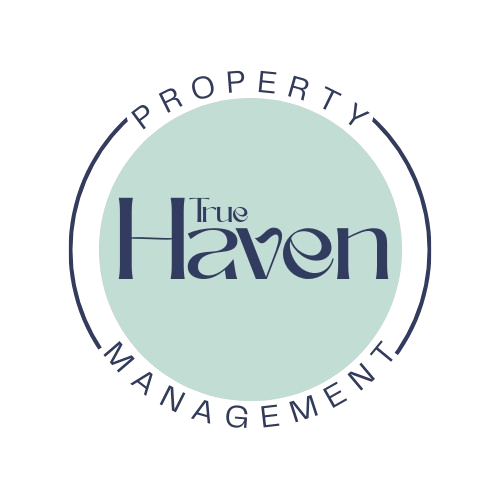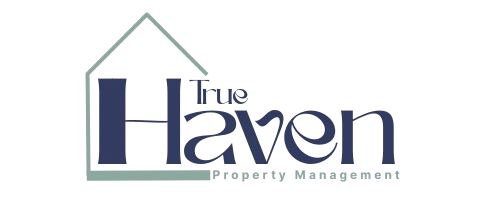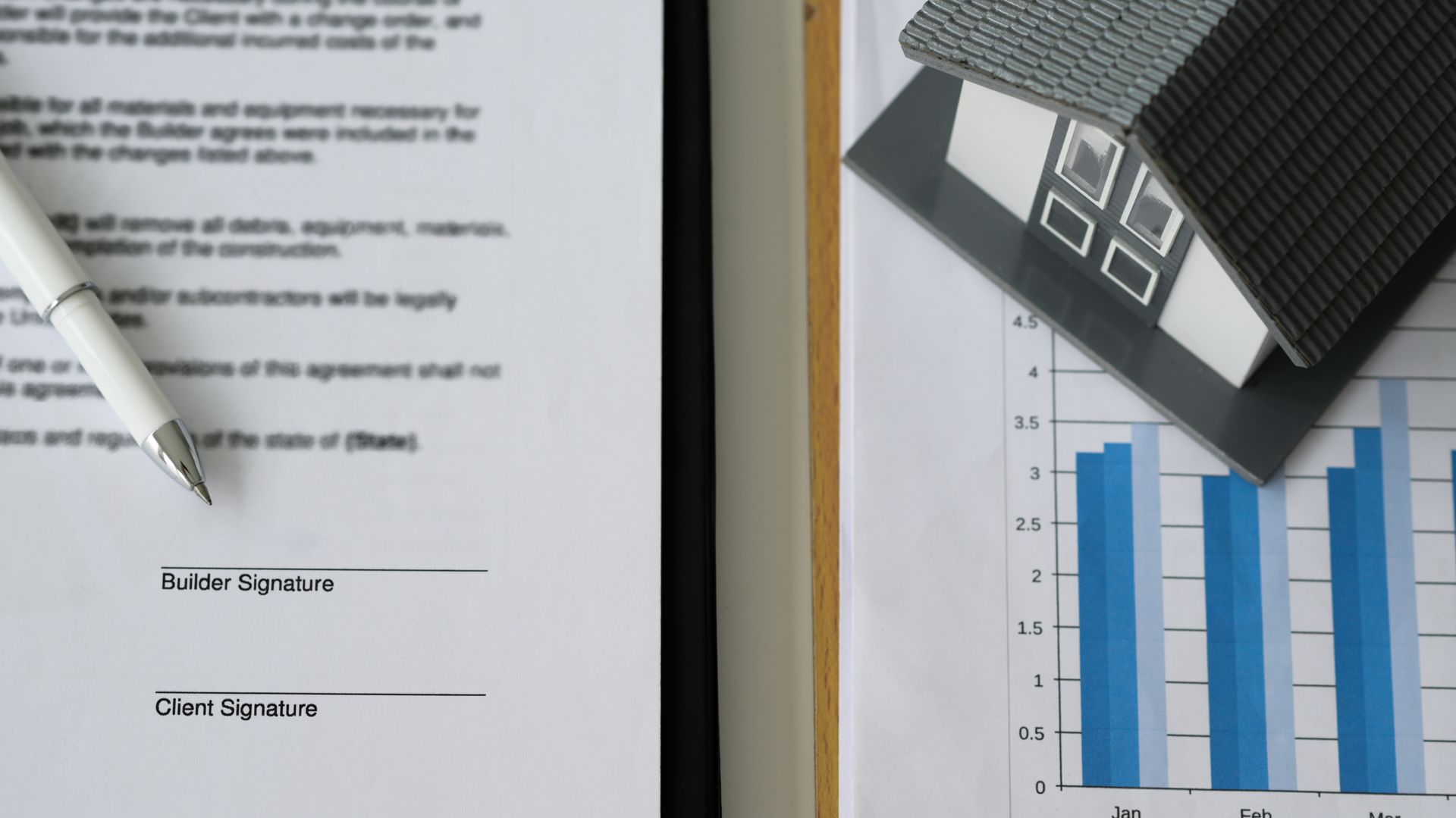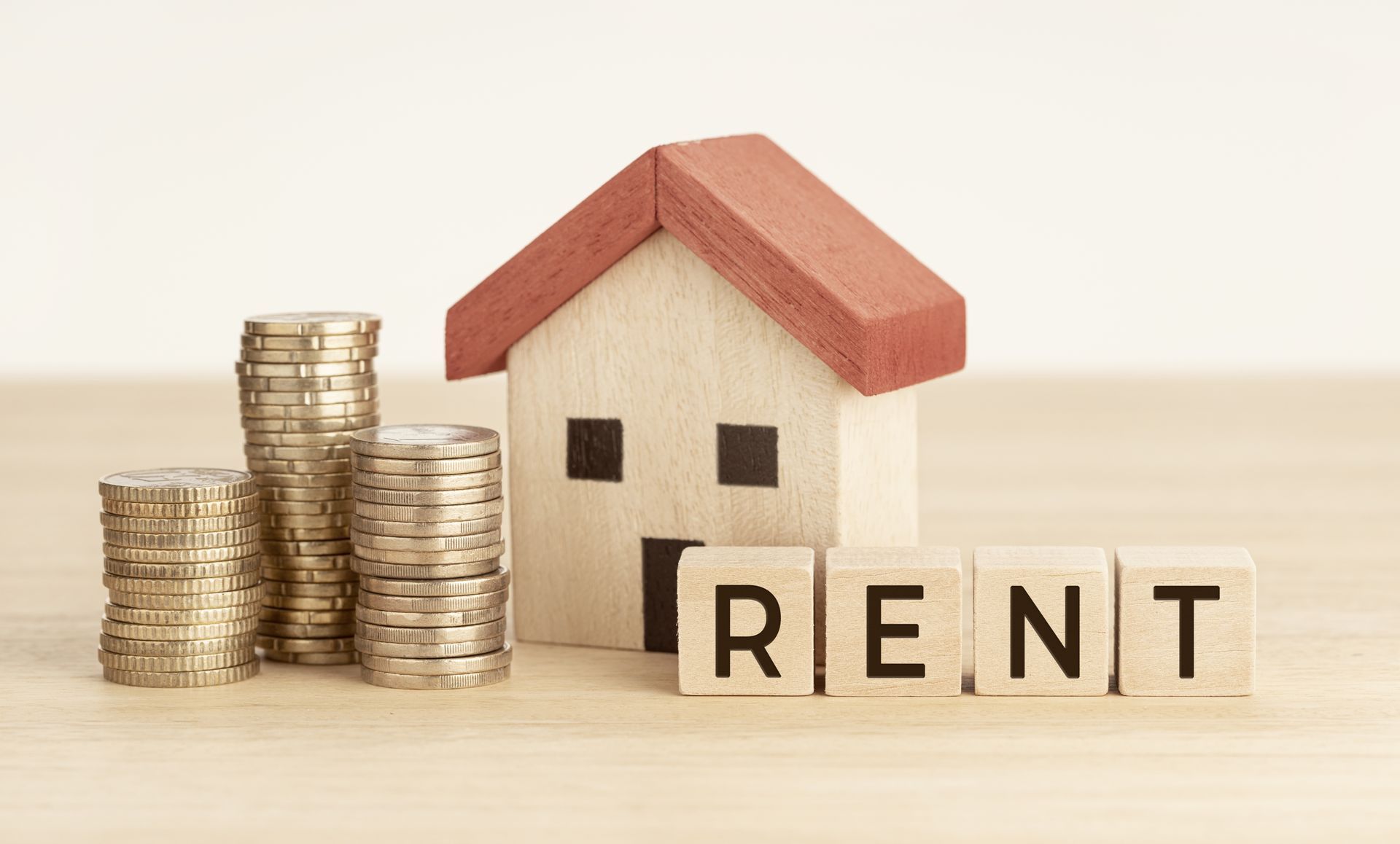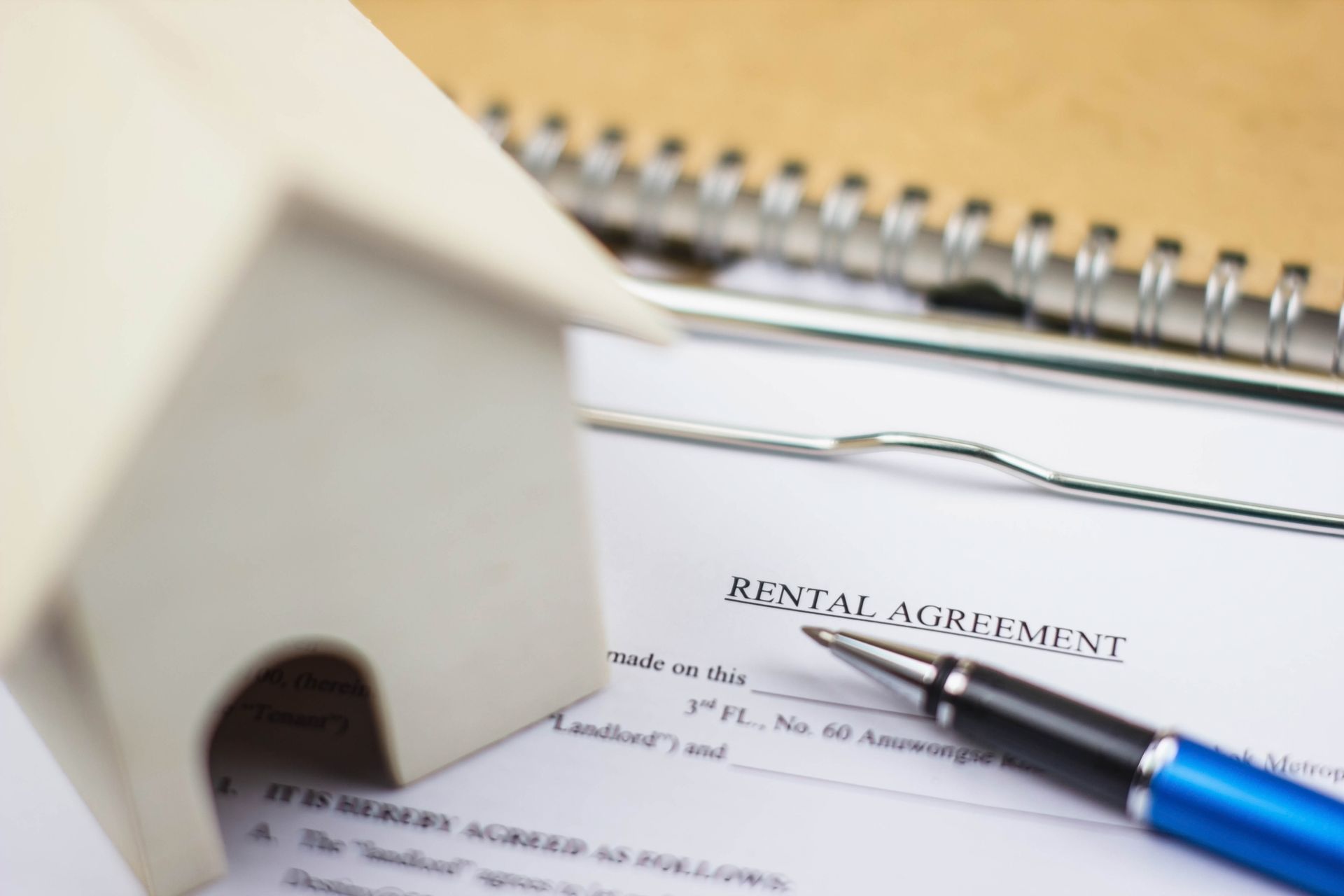Passive Landlord or Strategic Asset Manager? Why Your Mindset Matters
Over the last few weeks, we’ve covered all kinds of practical rental property topics — screening tenants, lease agreements, maintenance strategies, you name it. But today, I want to zoom out a bit and talk about something even more foundational: your mindset as a rental property owner.
Are you treating your property like a long-term financial asset, or just a side hustle that gives you some monthly income? How you answer that question changes everything.
It shows that you’re on it and gives them confidence that things are moving in the right direction. As a best practice, aim to respond within 24–48 business hours for non-urgent issues, and faster when it’s more serious.
Are You Managing Passively or Strategically?
For many self-managing landlords, especially in California, it’s common to fall into a reactive rhythm: collect the rent, pay the bills, fix problems when they pop up, and move on. Maybe you even set the rent years ago and haven’t checked market rates since. Life gets busy, we get it.
But here’s the thing: that approach often leaves money on the table. It also increases your stress and risk because you’re constantly reacting instead of proactively steering the ship.
There's a better way to approach rental ownership, and we call it Strategic Asset Management.
This philosophy is about treating your rental property as a major asset in your financial portfolio, not just a monthly cash machine. It’s about actively managing the property to protect, grow, and optimize it over time.
Let’s break it down.
What Strategic Asset Management Actually Looks Like
A strategic mindset centers around three major goals:
1. Protect Your Asset
This is the foundation. It’s more than just fixing things that break, it’s about minimizing risk and preserving long-term value. That means:
- Performing rigorous tenant screening
- Using a strong, California-compliant lease
- Staying legally compliant with state and local regulations
- Having a written, proactive maintenance plan
Ask yourself: Do I actually have a scheduled maintenance plan? Or am I just reacting when things go wrong?
2. Grow Your Asset
Growth means wealth-building, not just today, but years from now. Are you:
- Investing in cost-effective upgrades that increase property value?
- Managing your mortgage and finances to steadily build equity?
- Exploring tools like 1031 exchanges to grow your portfolio tax-efficiently?
Strategic owners think long-term and plan for growth. Passive ones usually don’t.
3. Optimize Cash Flow and Property Value
This might be the most urgent goal in today’s rental market. You need to manage your operations efficiently and make sure your income stream is in line with the market.
One of the biggest areas where self-managing landlords slip? Undercharging rent, sometimes for years.
- Maybe you felt awkward raising the rent on a good tenant.
- Maybe you’ve just been busy and didn’t get around to checking comparables.
- But if your rent falls too far below market, California’s rent control laws (like AB 1482) limit how much you can raise it annually.
That makes it extremely hard to ever catch up, and it impacts your cash flow and the property's assessed value.
Regular rent analysis and legal, reasonable rent increases are a huge part of optimizing your property’s financial performance.
So Where Do You Start?
Shifting from passive to strategic doesn’t mean overhauling everything at once. Start with these two high-impact steps:
1. Review Your Current Rents:
Do a quick market analysis for similar properties in your area. Are you charging what the market supports, within legal limits?
2. Evaluate Your Maintenance Approach:
Do you have a proactive maintenance schedule, or are you just fixing things when they break?
These two focus areas, rent strategy and proactive upkeep, are excellent first steps toward building that strategic owner mindset.
Think Like an Investor, Not Just a Landlord
At the end of the day, strategic asset management is about making decisions based on data, long-term thinking, and proactive planning, not just reacting to problems. It’s about recognizing that your rental isn’t just a source of passive income, it’s a key piece of your financial future.
So ask yourself: Am I just letting my property coast, or am I actively steering it toward greater performance and value?
If you're ready to level up, our FREE Essential Guide to Rental Property Success introduces the Strategic Asset Management approach in Chapter 4, with deep dives into rent analysis (Chapter 5) and maintenance planning (Chapter 9) to help you put it all into action.
